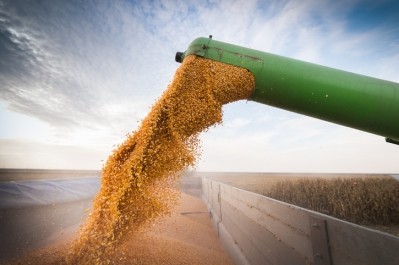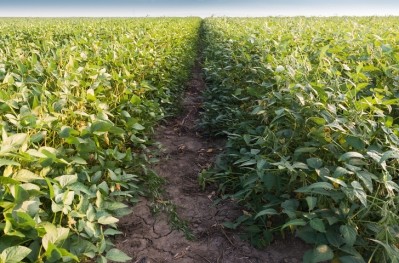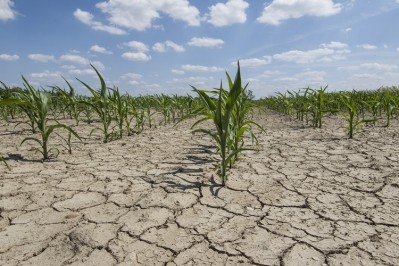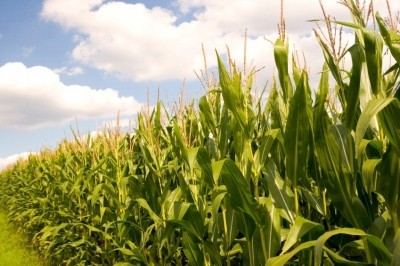USDA releases November WASDE report
Economist: Build in inventories for corn and soybeans 'not positive for prices'
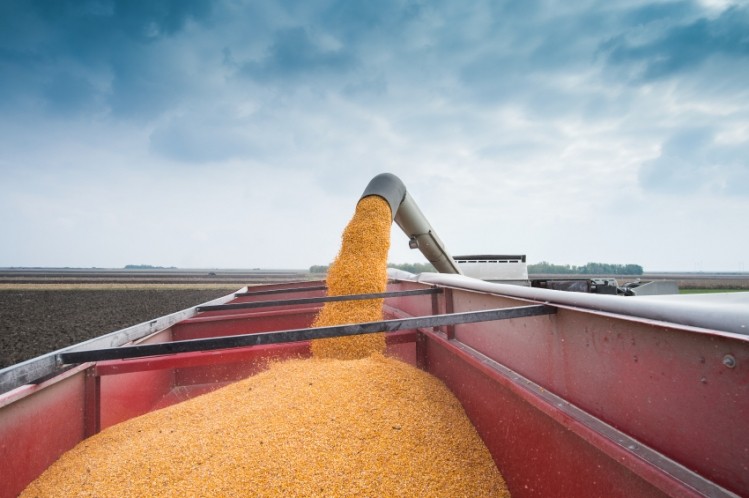
The US Department of Agriculture’s (USDA) November World Agriculture Supply and Demand Estimates (WASDE) report predicted an increase in per acre feed crop yields and growth in ending stocks.
Wheat ending stocks for 2016/17 were increased by 5m bushels to a total of 1.14bn bushels and global stocks were raised by 1.7m tons, said the USDA. Corn ending stocks were increased by 83m bushels and soybeans saw growth of 85m.
The build in stocks for corn and soybeans are expected to keep prices from seeing much improvement, said Darrel Good, professor emeritus in the department of agricultural and consumer economics at the University of Illinois.
“We’re going to see a build in inventories and that’s generally not positive for prices,” he told FeedNavigator. “Prices probably are remaining relatively low and [in a] flat pattern through the end of the calendar year and maybe longer.”
The ending stock growth stems from the high yields for corn, wheat and soybeans the US has seen for the past several years, he said. “You don’t typically get that or expect that and it’s hard to consume those kinds of production levels years after year,” he added.
The area to watch are the export numbers, he said. The apparent expectation from the USDA is that the export rate for corn and soybeans will continue to be strong. While it is proving to be strong for the first half of the marketing year, the question will be what happens in the latter half of the year as crops become available from South America, he said.
“The number that will bear watching going forward will be the level of feed use of corn this year,” he added. “USDA is projecting a large year over year increase and when we get the December 1 grain stocks report we’ll be able to gauge if that’s happening or not.”
Stronger prices and the political element
There are some possibilities that could bring a future improvement to corn and soy prices, said Good. “If demand is stronger than we anticipate at this point, and I don’t just mean just consumption although that is part of the demand, or if we get into a more robust economic recovery [prices will go higher],” he added.
The threat of bad weather in South America also could generate increased demand, he said. “Unless that materialized, it wouldn’t give us a sustained rally, but it would give us a period of higher prices,” he added.
Economic recovery could mean that end users are willing or better able to pay higher prices, he said.
There is a potential that the upcoming change in US administration could generate some of the strength needed, he said. “At this junction it’s just a possibility, but you have US financial markets moving to record high levels,” he added.
While a reaction would not be expected in the next few months, if policies are more economically friendly, it could be a possibility, said Good.
“It seems that is what the financial markets are signaling now [with a] less tax, less regulatory environment that would stimulate some economic growth,” he added.
Corn and soy prices
While prices are expected to stay low, the corn crop may be finding the bottom of the market, said Good.
“We’re relatively close to the bottom of the corn market, but there is more room in soybeans, because of South American production and US exports tailing off as the export year goes on,” he said. “And, as it stands now, we could see an increase in soybean acres next spring probably at the expense of corn.”
However, there is potential for a large rebound corn crop in South America, he said. “While corn prices are low, if that crop materializes there is some potential for lower corn prices,” he added.
“The combination of higher than expected soybean prices and high yields for many producers have kept revenue above break even,” he said. But, high yields in corn still did not bring all producers to break-even prices for production, he added.
Corn production for 2016/17 was increased to 15.22bn bushels, stemming from an a per acre yield increase of 1.9 bushels, said the USDA.
The overall yield per acre came as a surprise, said Good. At 175.3 bushels an acre it was higher than expected.
Global course grain production in 2016/17 is predicted to grow, the department said. Corn exports are expected to improve for Ukraine and Russia, with more imports for Iran and Saudi Arabia.
US soybeans production was forecast increasing to 4.36bn bushels from higher yields, said the USDA. “The soybean yield is projected at a record 52.5 bushels per acre, up 1.1 bushels mainly on production gains for Minnesota, North Dakota and Kansas,” it added.
Crush was reduced stemming from a drop in meal export options and domestic meal consumption also fell, the department said. Sales are behind past year amounts to markets including Mexico, Canada, Thailand and the EU.
Global soybean production is forecast at 336.1m tons, an increased based on yields in the US, Mexico and Russia, the department said. Trade projections also grew from last month.
Wheat
Ending stock increases for US wheat were based on a reduction in use, said the USDA. Exports are consistent with past expectations at 975m bushels.
Global supplies were increased owing to higher beginning stocks and an increase in production, the department said. “As global supplies are rising faster than use, ending stocks are raised 0.9m tons and remain record large,” it added.
Worldwide exports were dropped by 0.5m tons stemming from limited Canadian exports, the department said. But, use was increased by 0.8m tons from feed use in Ukraine, Canada and Russia.
